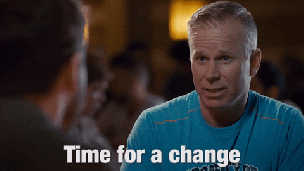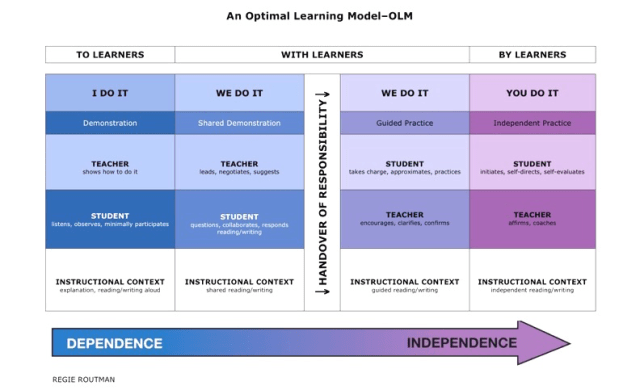
I have always been comfortable with change, maybe it is because I have moved quite a few times in my youth. I have written about my “addiction” to change in the past. As we are experiencing an unusual time in human history, I have not only adapted to teaching in a quarantined, homebound method but have also been learning in this way. I am excited to also announce here that I am making a career change and have accepted a position with a new school division. When things get crazy in teaching, it seems I only like to make them crazier!
When schools were closed in March, teachers and students sent home, it was weird. I am someone who is quite “techy” but without direction as to how/what/who we would be continuing to teach, I will admit that I was nervous and I found the type of change that I do not like. I am usually a “roll with it” type of person but this was on a whole new level. As we worked through the details, I can say I’m happy with some of the lessons and content pieces that I created but some were definitely not my best work. I made Youtube lessons for my students, used Flipgrid, but also had fully worked notes for those whose internet connections would not allow for streaming video at home. I felt defeated some days by seeing how few views my videos were getting, how few students were submitting their work for feedback. Some days were amazing when I could connect with a student in my office hours and just chat about what they had been up to. I missed my students more than I can describe and I learned for myself, I don’t think I could be a strictly online teacher. I wrapped up the school year with my co-homeroom teacher and I hosting a Virtual Camping Trip. We invited our students to join us in a video chat from their tents, campers, or blanket forts, talked about memories, each had a special snack at home, listened to ghost stories, and played a Kahoot. We only had about 8 students attend to our trip but it was awesome to see them having fun and being silly for each other.

During COVID, I was contacted for an interview with Regina Public School Division. I had a Zoom-based interview. (Note: Deciding what to wear for an online interview is a whole new ball game. The top I wanted to wear blended almost perfectly with the walls of my office, I did a pre-chat with my mom to ensure that how my outfit looked on video was how I wanted to present myself and had to make a change!) Then I sat back and waited. At the end of May, I was offered a position teaching middle years with Regina Public School Division and I accepted. This is a HUGE change for me, I have worked with Prairie Valley Schools for 9 years and have had amazing opportunities and growth through my roles developing online courses, sitting on the QVDA, joining the Administrative team, and teaching in three different schools. It was a hard decision to leave the well-known for the unknown but moving also presented me with new challenges, new opportunities, and the possibility for new types of growth. I’m sad to say goodbye to my colleagues but know that I have made many new friends who are amazing educators and have areas of expertise that I will likely be drawing on in future years, just as I expect them to reach out if there is something that I can help with. I think this is one of the reasons why I love teaching, at the end of the day, teachers are truly just one big family, supporting each other in whatever ways we can!

July hit and I jumped into a French immersion course with La Cité for two weeks in the mornings. I have been wanting to brush up and improve my French language skills for years however, living a distance from the city, it was a challenge. I loved meeting and talking with my classmates and feel as though I am no longer as rusty as I was before in terms of my grammar although my vocabulary continues to need work. I cannot count the number of times I would be searching my brain for a word I knew but could not figure it out. I finished my course at a “B1 strong” level and am starting to look into programs for next year, or even potentially the Winter semester to continue my language acquisition. One of our assigned conversations was to discuss a goal we want to achieve in the next 5 years, I chose to be bilingual in English and French. I am putting this out here to help keep myself accountable.
As we approach the end of July, I continue to learn. I have a stack of professional development books to read (a bonus of COVID is many publishers had sale AND free shipping!!) and planning to do for the new year. I am excited and nervous to be going back to school in the fall, there are many things that are unknown about how this is going to play out and how we are going to protect those that are returning to schools. All in all, this is just another change, another shift, another adventure and I know that my family of teachers will support each other in whatever ways that we can as we move through this!













